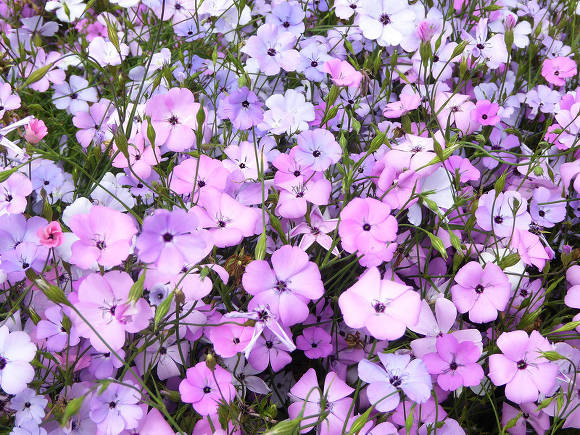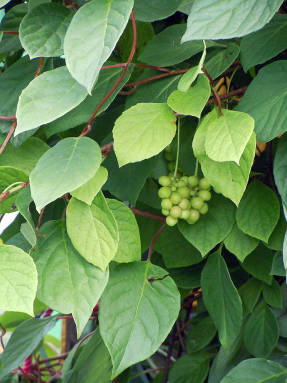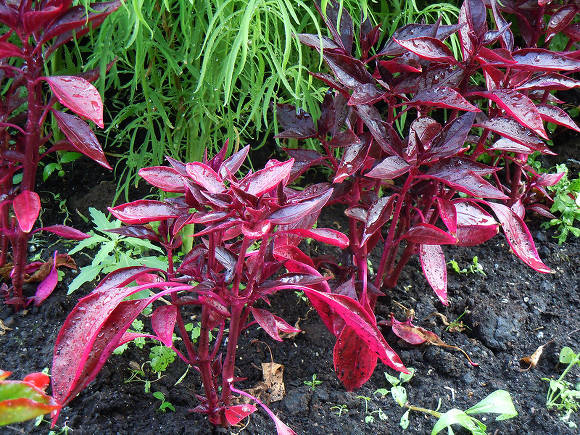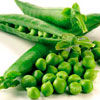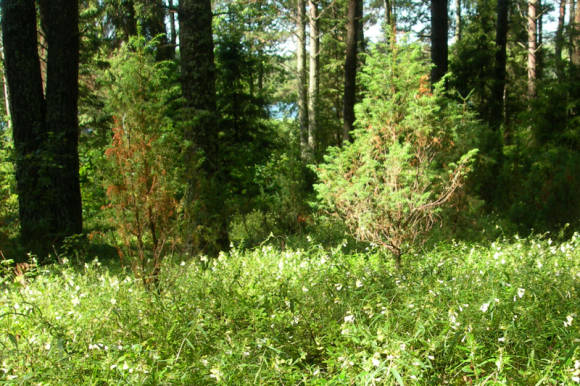Seed preparation for sowing

Cucumber seeds remain viable for an average of 8-10 years, but this period may be shortened due to improper storage conditions, high temperature and humidity. Optimal storage mode: air humidity 50-60%, air temperature about + 15 ° С (cool room). Dry seeds of a cucumber "are not afraid" of low negative temperatures, in contrast to the seeds of lettuce, Peking cabbage, root crops, which, after such exposure, quickly bloom without having time to give a head of cabbage or root crop.
To accelerate the emergence of seedlings, increase stress resistance and increase yields, pre-sowing seed preparation is carried out. Seeds obtained in breeding and seed-growing companies and research centers must undergo thermal disinfection, they do not need to be heated and soaked in a solution of potassium permanganate. Old seeds (6-8 years old) can be sparged. To do this, place the seeds in a gauze bag, dip it in a jar of water that contains the aquarium processor. The seeds are bubbled (treated with air) for a day, after which they are immediately sown.
Immediately before sowing, to accelerate germination, seeds, with the exception of treated (colored), are soaked in water at room temperature until pecking. Effectively soak seeds in solutions of biologically active substances (stimulants).
To increase cold resistance, pre-sowing hardening can be carried out, for which the seeds soaked in water (but not germinated!), Wrapped in a damp cloth, are placed in a refrigerator and kept at a temperature of 0 ... -2 ° C for two days, after which they are immediately sown. The fabric should remain damp at all times.
If you carry out several methods of pre-sowing seed preparation, then first carry out hardening, then either bubbling or treatment with stimulants.
Growing seedlings
Growing cucumber through seedlings allows you to get earlier production and extend the fruiting period, in the northern regions it is a way to get a guaranteed harvest. The more mature the seedlings are, the more "race", and, accordingly, the earlier the receipt of the first - the most valuable harvest. But the main criterion for growing seedlings is the quality of the plants. Seedlings should have a strong stem, short internodes, dense dark green leaves. In indoor conditions, it is difficult to create optimal conditions for obtaining good seedlings. Therefore, in spring greenhouses and temporary film shelters, it is better to plant seedlings at the age of 2-4 true leaves. From sowing to the phase of two true leaves, on average, it takes two weeks, to the phase of 3-4 true leaves - 3-4 weeks. Knowing how long you will be growing seedlings on the window, you can correctly plan the sowing date. The technology for growing cucumber seedlings for open ground and greenhouses is the same. Only the timing is different. Cucumbers are planted after spring frosts, in central Russia - in early June. In film greenhouses, you can land earlier - in mid-May.

For planting, take full-fledged undamaged seeds (3-4 years old are more productive). The number of seeds depends on the planting density. In a greenhouse for bee-pollinated varieties and hybrids, the planting density is 2.5-3 plants / m2, parthenocarpic ones - 2.5 plants / m2, in open ground - 3-4 plants / m2. For safety net, 10-15% more seeds are taken.
The cucumber does not take root well when transplanted. Therefore, seedlings are grown without picking in plastic or peat-baked pots filled with a nutrient mixture. The cucumber loves a light, nutritious substrate. You can buy the ready-made mixture at the store or prepare it yourself. Approximate recipes for the mixture: 30% peat, 20% sod land, 40% compost, 10% sawdust or sand, or 50% manure humus, 20% sod land, 30% peat.In order not to infect the plants, the land is taken from a site where pumpkin crops have not been grown for the last 2-3 years and are steamed. If the seeds are not treated with growth regulators (not colored), they are sown spiked, 1-2 pcs. in a pot.
Germinated at a temperature of 22-28 ° C. After the emergence of seedlings, the seedlings are transferred to a cooler place so that they do not stretch out. During the cultivation period, add the nutrient mixture 1-2 times and carry out 2 dressings. The first is in the phase of two true leaves (10 ammonium nitrate, 30 g of superphosphate and 20 g of potassium sulfate per 10 liters of water), the second is before planting (15-30 g of potassium sulfate and 40-60 g of superphosphate per 10 liters of water).
A week before planting, the seedlings begin to harden, taking the pots out into the open air (balcony, veranda), but not in direct sun. Ready-to-plant cucumber seedlings should be 25-30 cm high, strong, with short internodes, dark green in color, with a well-developed root system.
Sowing seeds and planting seedlings in the greenhouse and open ground
In the open ground, ridges are good to do on the southern slopes, they are protected from northern winds and warm up faster. On flat areas, it is better to grow cucumbers on ridges and ridges. A cucumber plantation should be placed in one place no earlier than 3-4 years after the cultivation of pumpkin crops. The best predecessors are tomato, potato, cabbage, green vegetables, legumes (except for beans). Cucumbers bear fruit most abundantly on loose, light, calcareous and fertilized soils. Before sowing or planting, 1-2 buckets of rotted manure or compost with the addition of 10-20 g of complex mineral fertilizer (nitroammofosk, Kemira-kombi, etc.) are applied per 1 m2 of the ridge. Sowing is started at an air temperature above + 15 ° С and soil at least + 12 ° С (at a depth of 10 cm). Usually, cucumbers are sown in an ordinary way with row spacing of 70 cm and a distance between plants in a row of 10-15 cm. Seeds are laid out in carefully shed grooves, covered with dry earth on top and covered with foil. It is better to sow with dry seeds, which swell gradually and germinate under favorable conditions.

In the greenhouse, to improve the light regime, the ridges are oriented from north to south. If the hybrid is vigorous, a single-line planting is recommended with row spacing of 100 cm and a row spacing of 25-40 cm, for weakly branched - a two-line planting (80 cm between ribbons, 50 between lines, 30 between plants in a row). Plants are staggered. The day before disembarkation, seedlings are spilled abundantly. They are planted in wells well spilled with water (1 liter of water per well). If the seedlings are overgrown, they are placed obliquely, covering the lower part of the stem with earth. It is advisable to sprinkle a small layer of river sand around the root collar of plants to prevent root rot.
How to protect cucumbers from the cold

Cucumber is a thermophilic culture, the death of plants occurs already at a low positive temperature. How to keep plants from cold?
Growing on steam beds
Two weeks before planting seedlings, a trench is dug along the ridge up to half a meter deep. They put biofuel there (fresh manure, sawdust, plant debris) with a layer of at least 30 cm. Spill it with hot water with the addition of mineral fertilizers. From above, they are covered with fertile soil with a layer of 15-20 cm. Seedlings are planted when the soil temperature after self-heating drops to + 25 ° C. Cucumber roots are more sensitive to cold than aerial organs. Plants grown on a warm garden bed can tolerate air temperature drops to + 1 ... + 5 ° С for several days.
Covering with two layers of film
The air gap between the two layers of plastic wrap keeps you warm like a thermos. In high greenhouses, film frames are installed for the period of cold snap. With the onset of warm weather, one layer is removed. Instead of a film, you can use a non-woven fabric.Before freezing, you can make a frame of slats over the plants, put spruce branches, dry grass or any other heat-retaining material on top of it. Plants can be kept under such a “blanket” for up to 5 days.
Spraying with biologically active substances (Epin) and microelements, fine sprinkling immediately before frost increases the cold resistance of plants.
Growing cucumbers on a ridge among tall crops (corn, beans)
Curtain plants provide protection from the wind, retain moisture and support the cucumber lashes.
Read also articles
- Cucumber planting care,
- Cucumber: how to choose the right variety



